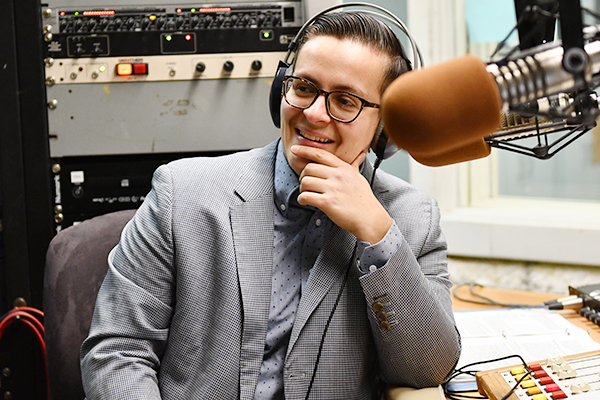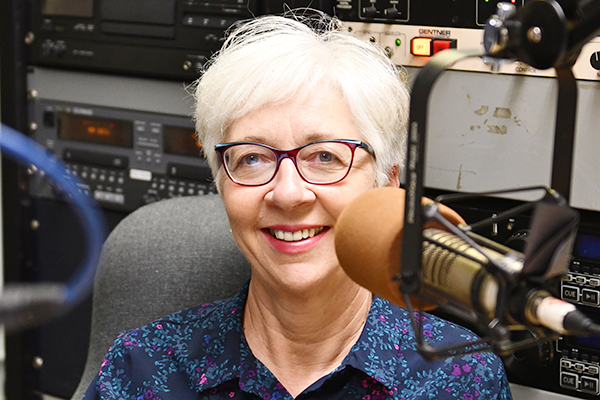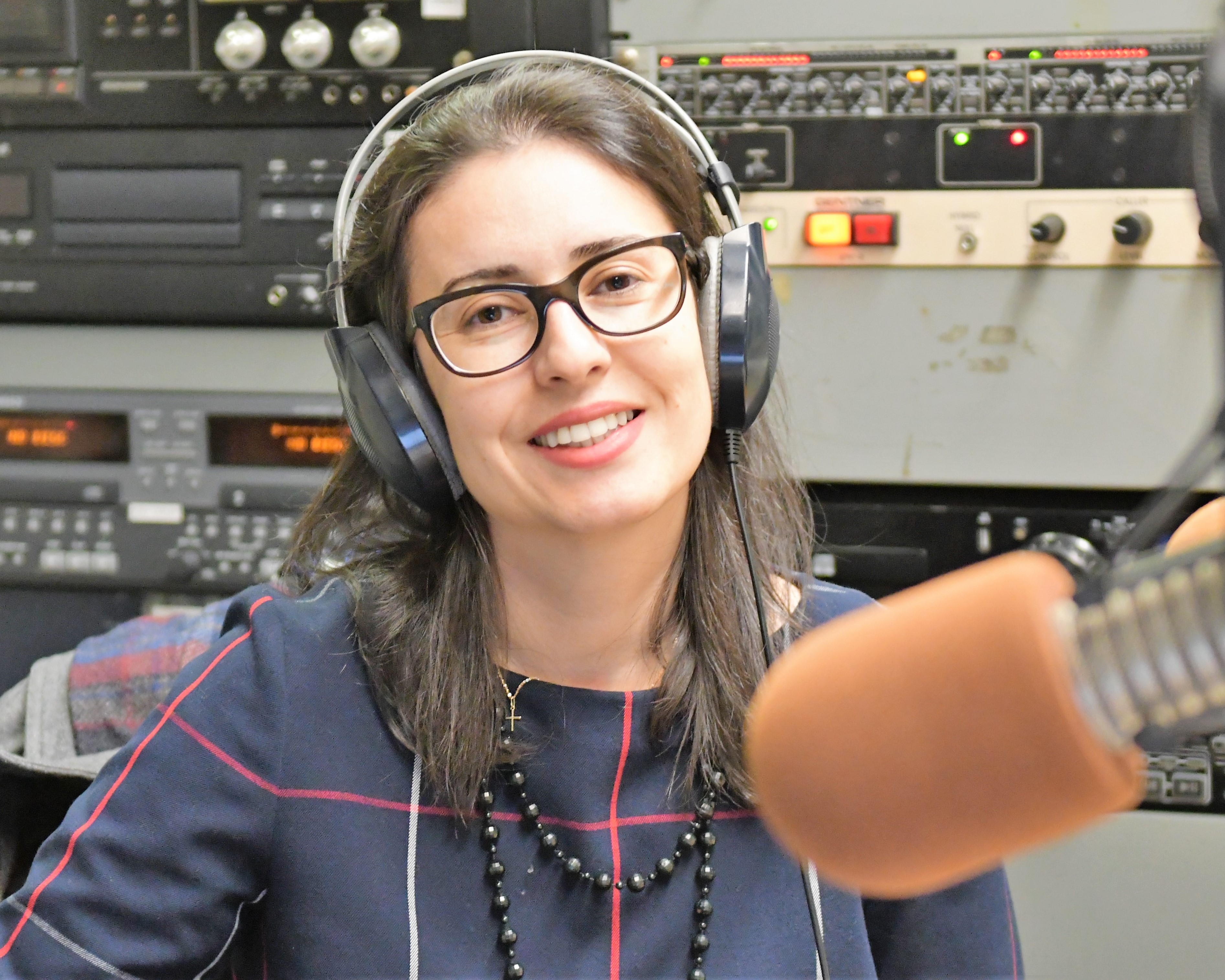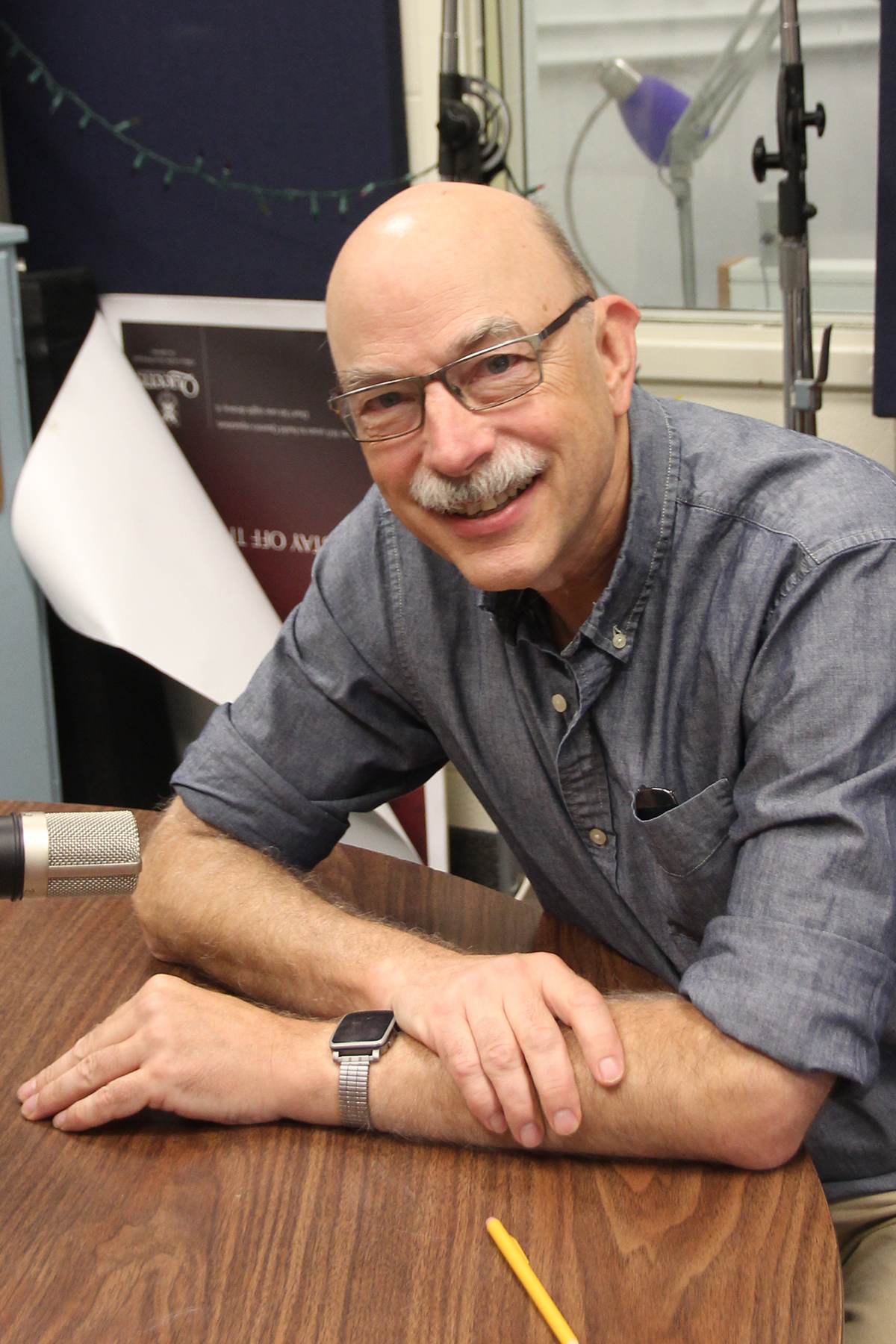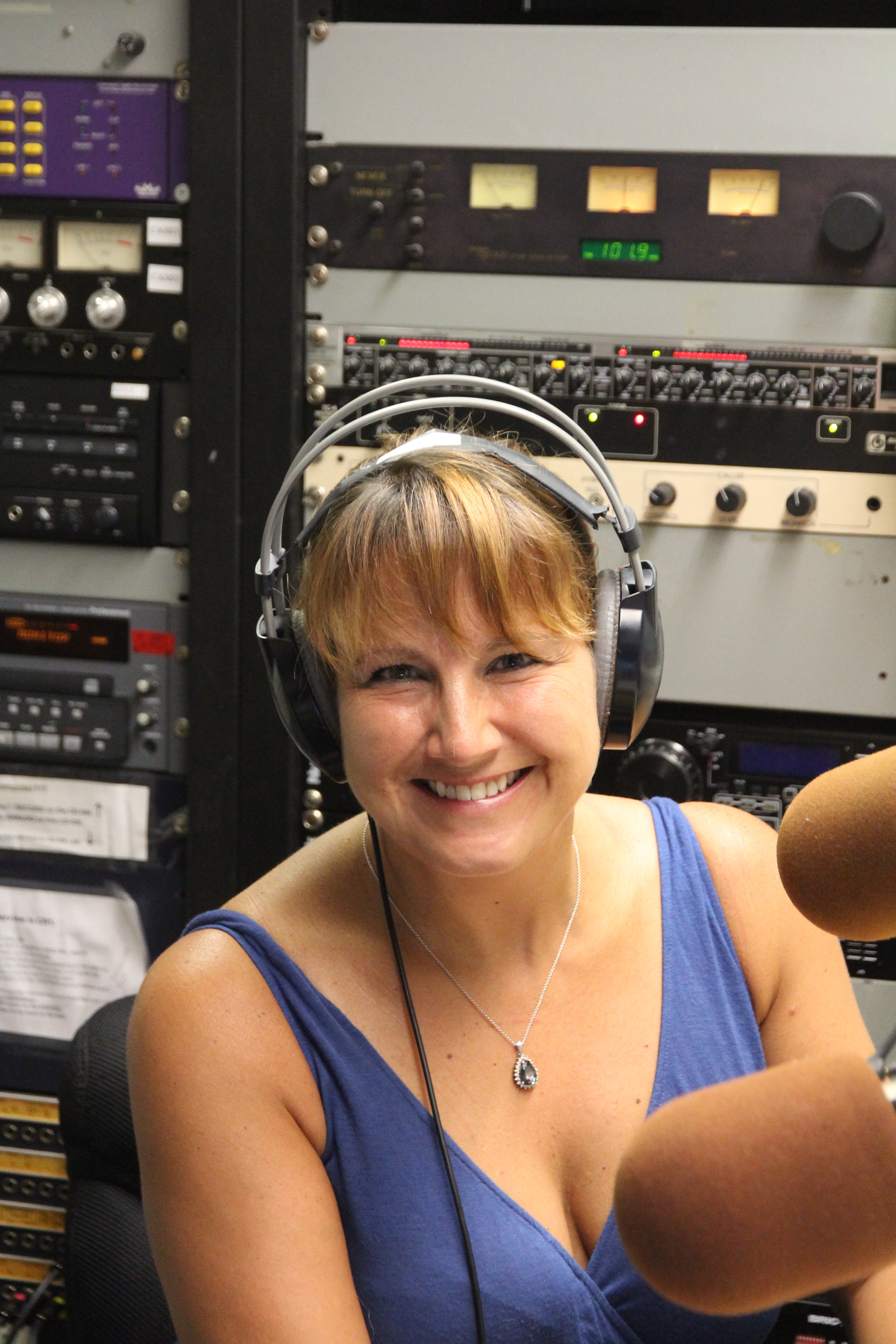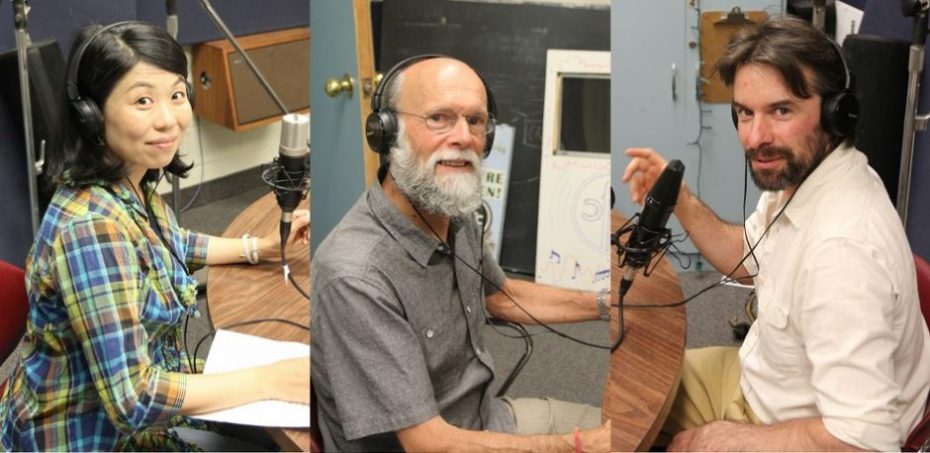Amy Wu & Xiaodan Zhu

Amy Wu, Assistant Professor, Department of Mechanical and Materials Engineering, Ingenuity Labs Research InstituteHelping robots learn to walk Host:Barry Kaplan Synopsis:Dr. Amy Wu is an assistant professor in the Department of Mechanical and Materials Engineering in the Faculty of Engineering and Applied Science at Queen’s University. She leads the Biomechanics x Robotics Laboratory (BxRL) and […]
Continue Reading



